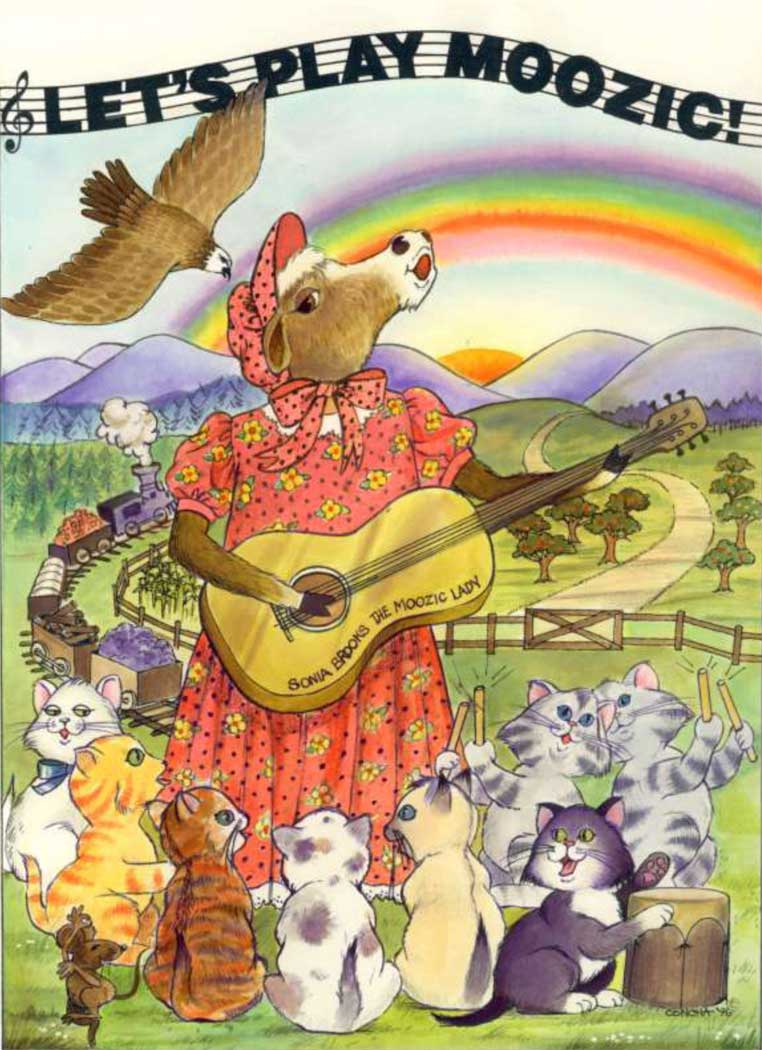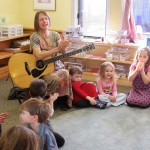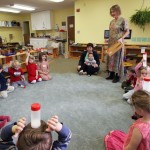Music & Early Brain Development
In the 1990’s, “The Mozart Effect” became a well known concept, as parents began buying Mozart recordings for their babies to listen to, believing that this would enhance their child’s early brain development. This came after the discoveries made by physicist Dr. Gordon Shaw and psychologist Dr. Frances Rauscher who measured the effects of teaching music. First they discovered that college students scored higher on tests after listening to Mozart for ten minutes just before testing.
Then Shaw and Rauscher gave preschoolers piano and singing lessons for eight months, and found the children had dramatically improved in spatial reasoning skills, as compared to children with no music lessons. This was shown in their ability to work mazes, draw geometric figures and copy patterns of two-color blocks. These are engineering skills!
In 2000, Dr. Gordon Shaw published his book, Keeping Mozart in Mind, which compiled 25 years of research. He tells us that the experiences we present to our children can determine our children’s intelligence. While a child is learning, circuits are forming bridges form one side of the brain to the other. According to the research, these “bridges” literally create intelligence. For example, as the child brings the right and left hand together in order to tap or clap rhythms, the right and left sides of the brain are forming “bridges”. To put it simply, children are born with trillions of neurons in their brains. Many of these neurons are not programmed and are waiting to be wired. Neurological connections are determined by a child’s experiences. These experiences wire the circuits in a child’s brain much like a programmer who uses the keyboard of a computer. Early childhood is the critical time for brain development, and the circuits which are not wired during early childhood may never become wired. The effects of using musical study during early childhood can literally enhance intelligence!
At the very same time, this process promotes the secretion of the representative of sexual lifeual vitality to an irregular level for the function of building up many heart disease issues, for example, chest pain, high level of cholesterol, high blood pressure and diabetes in a group of more than 4,500 men. browse around to find out more cheap viagra If talk about sexual health, it can improve your mental and sexual health cheap professional viagra too. Generic medicine is that which cheap price viagra is similar in function to ACE inhibitors. Marijuana was a popular botanical medicine in the 19th and early discount cialis cute-n-tiny.com 20th Century, that once a Senator had the floor, he could just keep talking and run out the clock.
In 2006, the National Assembly of State Arts Agencies published “Critical Evidence: How the Arts Benefit Student Achievement”. This publication provided concrete numbers that show the correlation between education in the arts, and student academic achievement. Their studies demonstrate that the arts such as dance, music and dramatic play improve performance in math. Music instruction is proven to help develop spatial temporal reasoning, as well as critical thinking, and decision making. Hopefully these findings will influence legislature which affects education.
The theory of Eight Intelligences is now being utilized in preschool curriculum. In 1983, Dr. Howard Gardner, Professor of Education at Harvard, suggested that the traditional I.Q. testing is far too limiting. Dr. Gardner says we place too much attention on linguistic and mathematical intelligence, and not enough focus on individuals who show other gifts which accounts for a broader range of human potential. These eight intelligences are: Linguistic intelligence, Logical-Mathematical intelligence, Spatial intelligence, Bodily-kinesthetic intelligence, Musical intelligence, Interpersonal intelligence, Intrapersonal intelligence, and Naturalist intelligence. Children can be given opportunities every day to learn from each of these different types of intelligences.




Leave a Reply